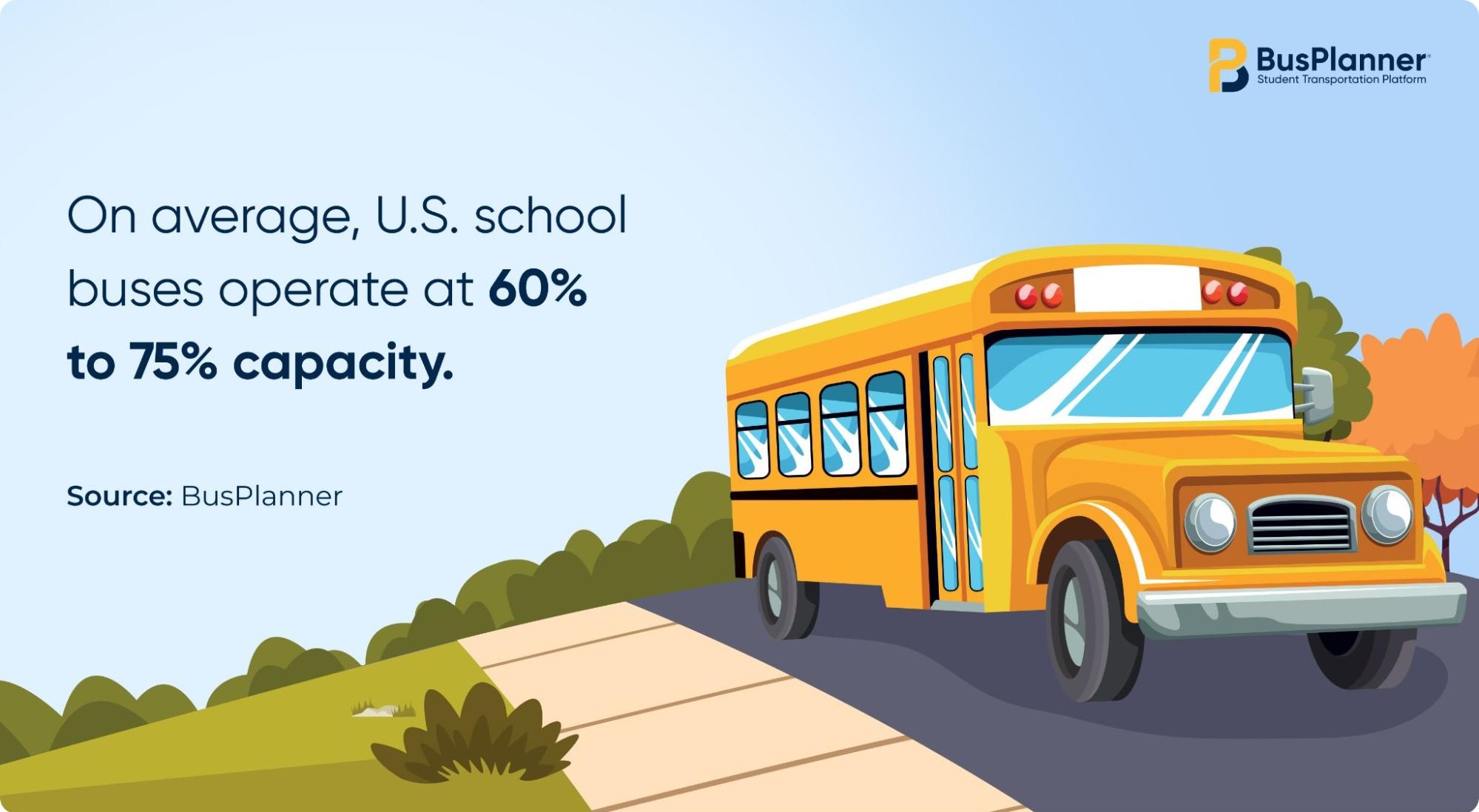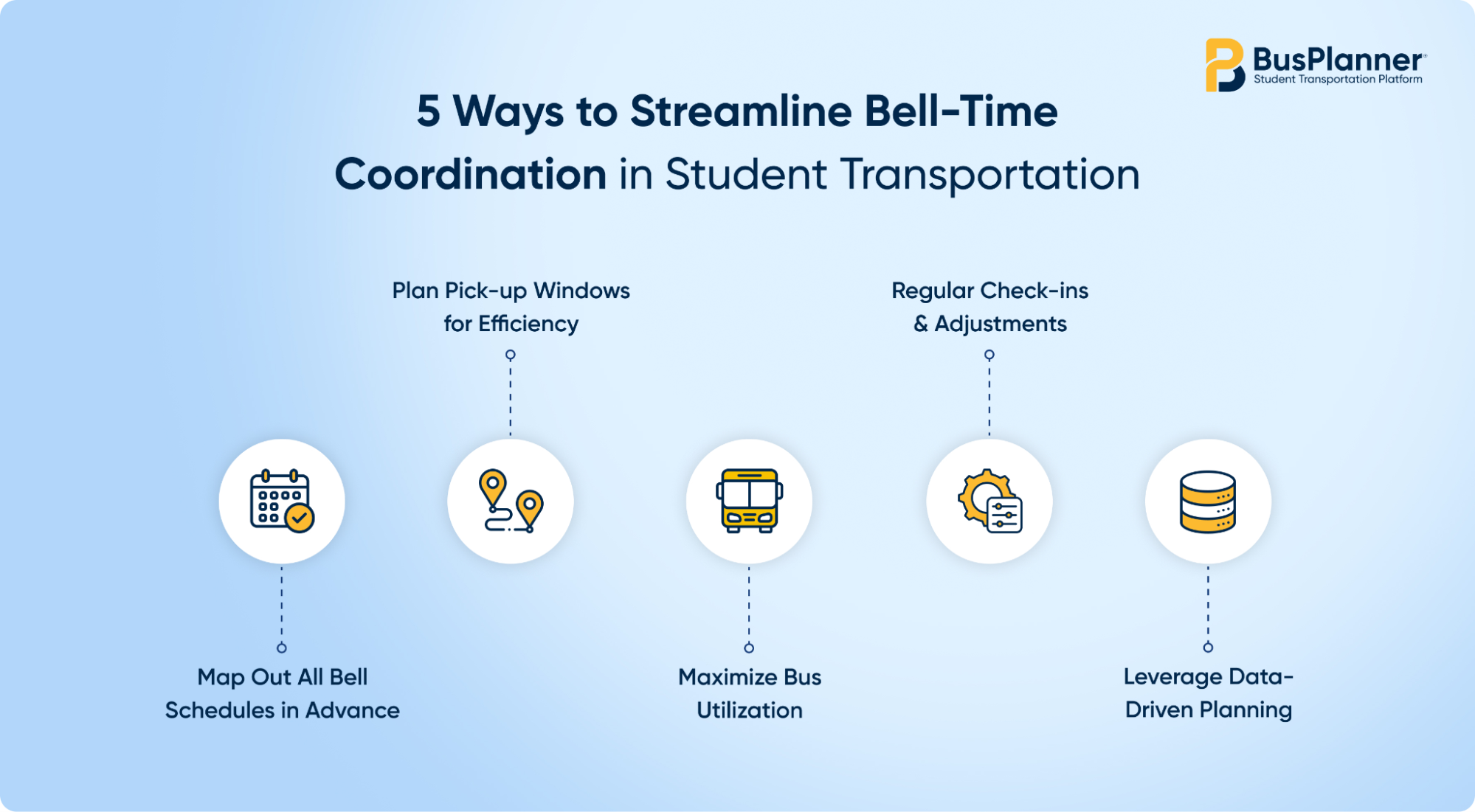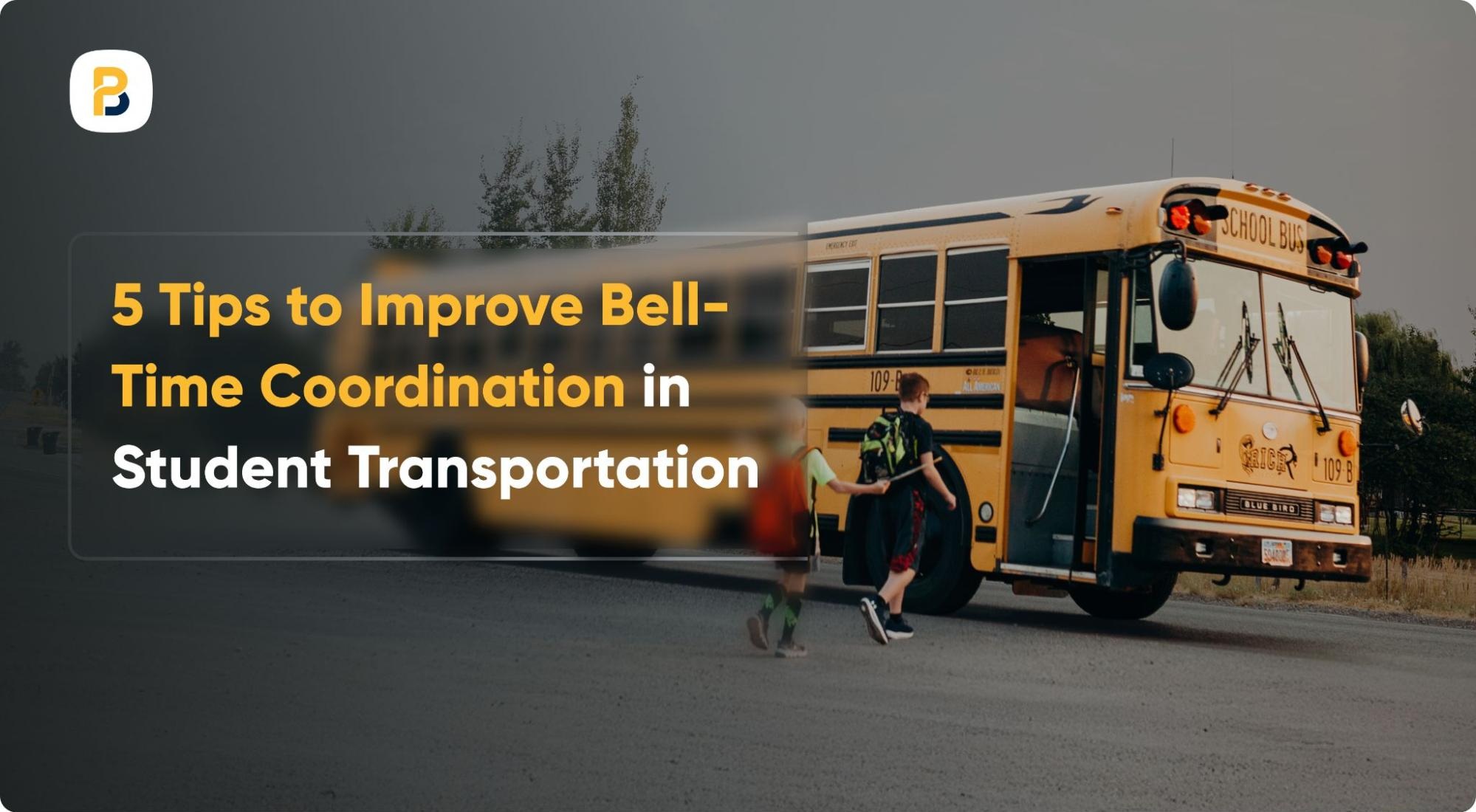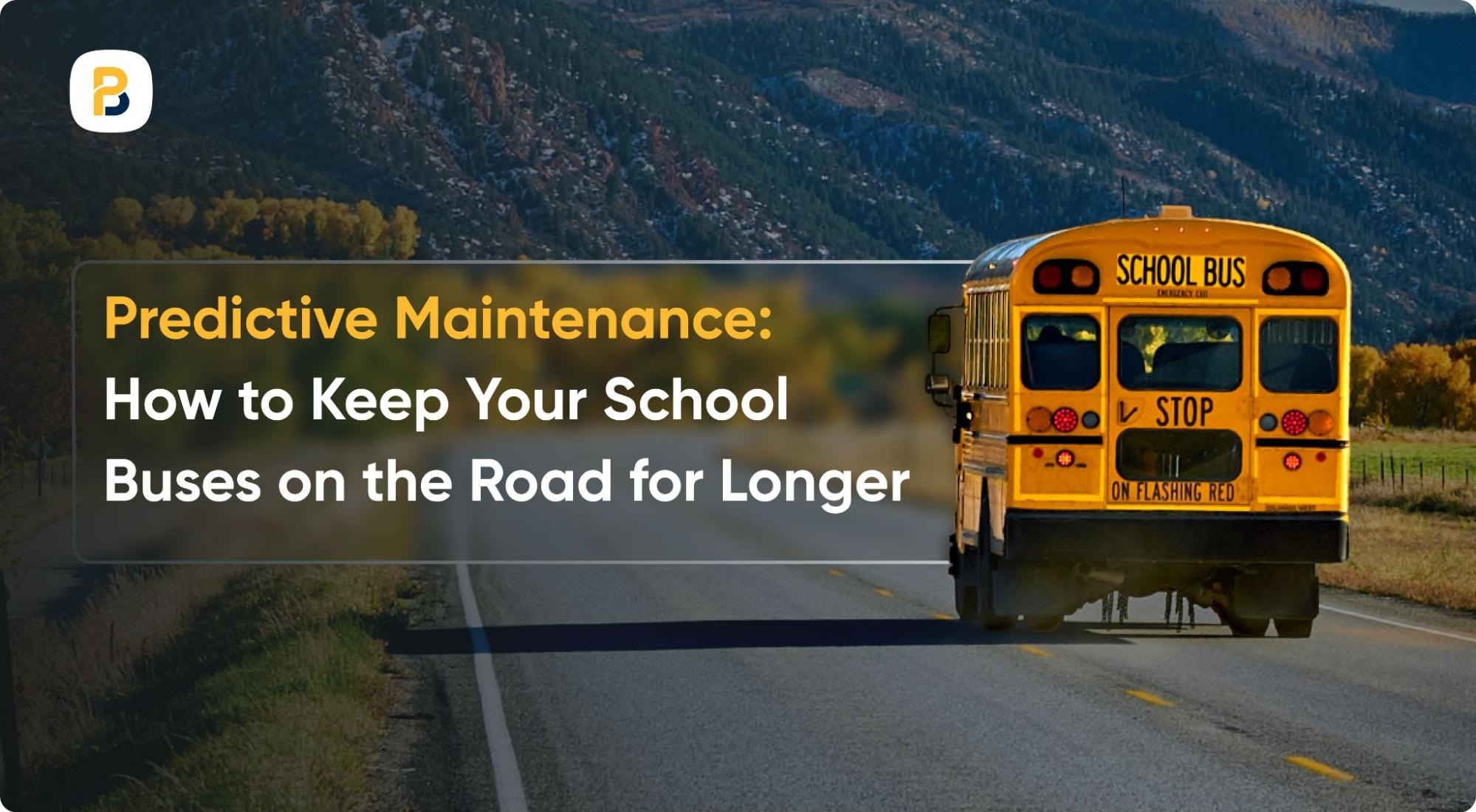The school bell is the most familiar sound for students; welcoming them in the morning and signaling the day’s end in the afternoon. For transportation professionals, however, it signals the daily task of organizing buses, drivers, and routes to deliver students to school on time and return them home safely.
Bell-time challenges can be turned into opportunities when districts apply the right strategies and tools. Here are five tips for transportation professionals to coordinate runs more effectively with school bell times.
1. Map Out All Bell Schedules in Advance
Start and end times vary across grade levels. Elementary schools often begin earlier, allowing parents to send their children off to school before work, while middle and high schools start later. A complete picture of all school schedules forms the foundation for improving bell-time coordination.
School boards or administrators typically establish school start and end times; however, for transportation teams, understanding these schedules clearly is crucial for planning runs efficiently.
- Collect Schedules: Gather official start and end times for all schools to spot overlaps and gaps.
- Pinpoint Constraints and Opportunities: Note fixed, board-mandated times, and explore 10–15 minute shifts where possible.
- Visualize Schedules: Map all bell times side by side to clarify routes and compare options.
2. Plan Pick-up Windows for Efficiency
A common practice is to run routes in “tiers”: first dropping off elementary students, then middle schoolers, and finally high schoolers. This approach maximizes bus use, but overlapping schedules can make it difficult to operate efficiently without adding more buses.
- Review Current Tiers: Identify the order in which buses serve elementary, middle, and high schools.
- Test Pick-up Time Shifts: Explore moving up pick-up times by 10–15 minutes to minimize the need for additional trips.
- Track Impact: Use school bus routing software to see how these changes affect fleet needs and efficiency.

3. Maximize Bus Utilization
Poorly coordinated transportation schedules and bell times force districts to add extra buses, even if those buses have to run half-empty. The key is to make the most of the existing fleet. When buses carry more students per trip, districts reduce the number of vehicles needed, lowering costs for fuel, maintenance, and staffing.
- Analyze Ridership Data: Identify buses that consistently run below capacity.
- Adjust Routes: Redesign underutilized routes to balance loads across your existing fleet.
- Coordinate Bell Times: Create start and end time windows that maximize route coverage and minimize the need for extra buses.
4. Leverage Data-Driven Planning
Guesswork can lead to inefficiencies and unnecessary costs. School bus transportation software enables districts to test different bell-time scenarios, such as adjusting pick-up and drop-off times, and immediately see how those changes affect routes, fleet size, and efficiency. Using data to guide decisions ensures adjustments are practical, cost-effective, and supportive of student needs.
- Assess Current Performance: Review ride times, fleet use, and on-time arrivals.
- Model Alternatives: Utilize planning tools to test scenarios, such as shifting times or reordering tiers.
- Evaluate Trade-offs: Compare impacts on cost, driver workload, and student schedules.

5. Regular Check-ins and Adjustments
Once bell times and transportation schedules are aligned, it may be tempting to assume the most challenging work is done. In reality, it is an ongoing effort that demands regular attention and adjustment.
- Hold Regular Check-ins: Organize monthly or quarterly meetings with transportation leaders, drivers, administrators, and support staff.
- Analyze Performance Data: Review ridership logs, on-time arrivals, and route efficiency to identify strengths and problem areas.
- Adapt to Changing Conditions: Make adjustments for seasonal factors such as daylight saving time, winter weather, or end-of-year activities.
- Implement Improvements: Turn insights into actionable changes that keep schedules effective and reliable.
Conclusion
Bell-time coordination goes beyond setting schedules; it’s about optimizing resources while maintaining dependable service for families. Through thoughtful planning, strategic scheduling, and data-driven analysis, districts can reduce costs, optimize fleet efficiency, and provide a better experience for students, parents, and drivers alike.
Tools like BusPlanner’s Bell Time Analyzer help districts test schedule adjustments and immediately see the impact on routes and fleet size. Even a small time change can reduce the number of buses needed, free up driver time, and lower costs.
Explore how Busplanner can streamline your operations. Get in touch with us today!







